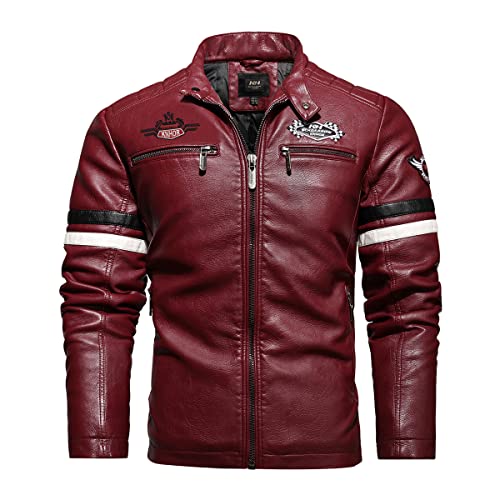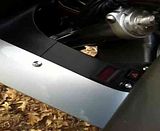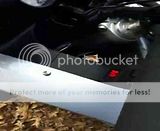I’d like to try and bring some perspective back to this thread (no really, seriously).
The Shorai website explicitly states:
https://www.shoraipower.com/t-faq.aspx
“Down to about 20 degrees fahrenheit (-7C) most users find that they can start normally on first crank. If your headlight comes on at key-ON, it is good for the batteries to flow some current before cranking in cold weather. The suggested headlight-on time before cranking depends on the temperature. If starting at 40f (5C), 30 seconds will help wake the battery and increase cranking performance. If at 0f (-17C), leave the lights on for 4~5 minutes before cranking. The result will be a better first crank, and longer battery life. Any other accessories that can be turned on before cranking can also be used for this purpose, such as heated gear, radio, etc...”
This appears to be marketing verbiage, but fairly accurate. 20º-30º seems to be the cold limit of this battree. We have proof of a 30º start, albeit labored, but it starts.
Shorai admits the colder it is the more you need to heat the battree up etc, for it to work better. It’s evident if you live and ride in a colder environment the Shorai is probably not for you. If you live in a more mild climate, say parts west and or south, this could be your new hot set up.
Everyone wants to get the battree to perform perfectly at its extreme range, a great test, but people are surprised at it’s lower performance at the extremes. Why?
That all being said the Shorai seems to deliver on its product. It’s an extremely light weight battree that works well in more mild climates. We seem to be looking for the absolute perfect battree in all conditions, act just like a lead acid battree, but be light weight, no such luck. Some compromise has to be made. Compare this to all our preferences and tests on the best tires, seats, windscreen, etc.
It is pricey compared to AGM battrees, but if you want to save weight (this is their true claim to fame), and your weather is more agreeable to the operating temperature range for the battree, sounds like you got yourself what you might want.
Lets not throw the baby (Shorai battree) out with the bathwater. This thread is correct, the Shorai doesn’t do well at very low temperatures. And as others have stated, possibly in the future this will be remedied, but for now, this is where the technology is at for this price range.
Just sayin’.






















































